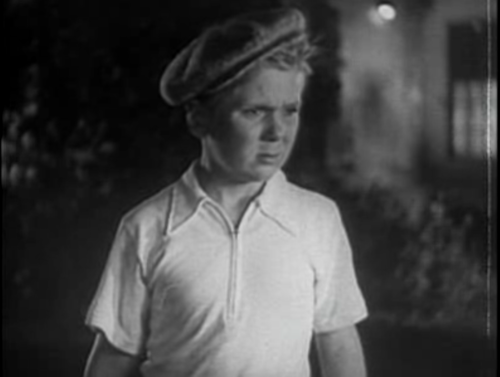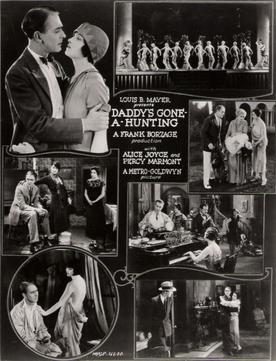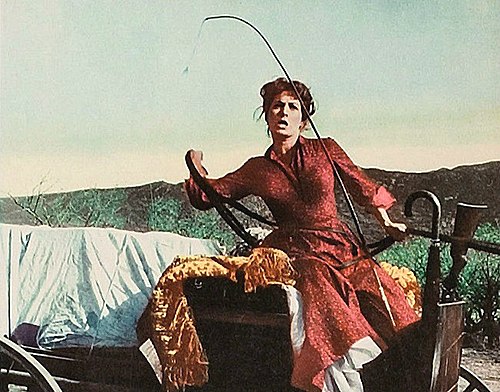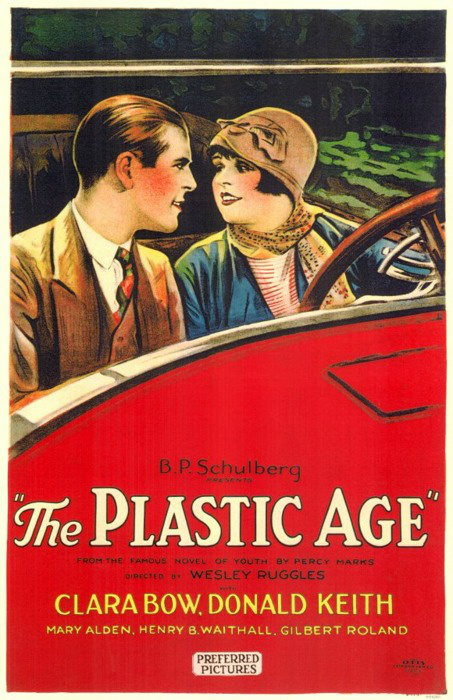Advertisement
Image source: Internet Archive (archive.org)
Download Movie [Video Format: MP4]
Movie Source: Internet Archive (archive.org)
Advertisement
Advertisement
Other Versions of this Movie
Stranger, The
1946
Set Connecticut after World War II, The Stranger is a cat and mouse game between Wilson (Edward G. Robinson), a member of the Allied War Crimes Commission and Franz Kindler (Orson Welles), a Nazi who has assumed the false identity of Dr. Charles Rankin. To complete his new intelligentsia disguise, Kindler marries Mary Longstreet, daughter of a Supreme Court justice. Originally uploaded by k-otic.com
The Stranger is a 1946 American film noir directed by Orson Welles and starring Welles, Edward G. Robinson, and Loretta Young. The film was based on a screenplay written by Victor Trivas, which was nominated for an Academy Award. Sam Spiegel (credited as "S.P. Eagle")< name="afi">. </> was the film's producer, and the film's musical score is by Bronisław Kaper.
The film was made by International Pictures, and released by RKO Radio Pictures. The copyright on the film originally belonged to The Haig Corporation, but the film is in the public domain because the producers did not renew the copyright in 1973.</>
Plot
In 1946, Mr. Wilson (Edward G. Robinson) of the United Nations War Crimes Commission is hunting for a Nazism fugitive Franz Kindler (Orson Welles), a war criminal who has erased all evidence which might identify him. Kindler has assumed a new identity, Charles Rankin, and has become a University-preparatory school#United States and Canada teacher in a small town in the United States. He has married Mary Longstreet (Loretta Young), daughter of Supreme Court of the United States Adam Longstreet (Philip Merivale).Wilson releases Kindler's former associate Meinike (Konstantin Shayne), hoping the man will lead him to Kindler. Wilson follows Meinike to the town of Harper, Connecticut, but loses him before he meets with Kindler. When Kindler/Rankin and Meinike do meet, Meinike, who is repentant, begs Kindler to confess his crimes. Instead, Kindler strangles Meinike, who might expose him.
Eventually, Wilson deduces that Rankin is Kindler, but not having witnessed the meeting with Meinike, he has no proof. Only Mrs. Rankin knows that Meinike came to meet her husband. To get her to admit this, Wilson must convince her that her husband is a criminal – before Rankin decides to eliminate the threat to him by killing her.
Rankin's pose begins to unravel when Red, the family dog, discovers Meinike's body. To protect his secret, Rankin poisons Red.
Meanwhile, Mrs. Rankin begins to suspect her husband, but is too blinded by love to accept the facts. She is torn between her desire to learn the truth about him, and the idea of helping him create his new life. Mr. Wilson shows her graphic footage of Nazi concentration camps, and explains how Kindler/Rankin developed the idea of genocide. But not until Mary discovers Rankin's plot to kill her does she finally break down. In a tense moment, she dares Rankin to kill her. Rankin tries to, but is prevented by Wilson and Mary's brother Noah. Pursued by them, he flees into a church belfry, and falls to his death.
Cast
File:The Stranger 1946 (2).jpg- Orson Welles as Franz Kindler / Professor Charles Rankin
- Edward G. Robinson as Mr. Wilson
- Loretta Young as Mary Longstreet Rankin
- Philip Merivale as Judge Adam Longstreet (Mary's father)
- Richard Long (actor) as Noah Longstreet (Mary’s brother)
- Konstantin Shayne as Konrad Meinike
- Byron Keith as Dr. Jeffrey Lawrence
- Billy House as Mr. Potter
- Martha Wentworth as Sara
Production
Robinson appeared seven years earlier in the anti-Nazi film Confessions of a Nazi Spy.Spiegel initially planned to hire John Huston to direct; when Welles offered to direct the film, Spiegel agreed on three conditions, all of which Welles accepted: and a notice on the wall is signed "Coach Roskie" — Anthony C. Roskie, Todd's longtime athletic director. Other signs er to Clover Hall, a building on the Todd campus, and "Mrs. Collins" — Annetta Collins, teacher, housemother and director of kitchen services.<></><></> It was Collins who had recruited Welles for Todd in 1926, after meeting the boy at his father's hotel in Grand Detour, Illinois.
In an interview Loretta Young recalled that originally Orson Welles wanted his friend and fellow Mercury Theatre player Agnes Moorehead to play the investigator's role but producer Sam Spiegel (billed as S.P.Eagle) used, casting Edward G. Robinson instead.
Reception
The Stranger was the only film made by Welles to have been a bona fide box office success upon its release.In a July 1946 review, Bosley Crowther called it a "bloodless, manufactured show"; according to Crowther, Welles "gave no illusion of the sort of depraved and heartless creatures that the Nazi mass-murderers were. He is just Mr. Welles, a young actor, doing a boyishly bad acting job in a role which is highly incredible—another weak feature of the film. As a matter of fact, the writing of The Stranger, by Anthony Veiller, is the weakest thing about it—and that estimation includes another silly performance by Loretta Young as the killer's wife. For the premise is not only farfetched, but the whole construction of the tale relieves very soon all the mystery and suspense that such a story should have."<></>
At the 19th Academy Awards, Victor Trivas was nominated for Academy Award for Best Story#1940s, losing to Clemence Dane.
The Stranger holds a 96% rating at Rotten Tomatoes based on 23 reviews.<>. </>
Fascism/Nazism and the film
Before The Stranger, Welles had shown an interest in the nature of Fascism and, especially, documentary footage of the concentration camps. In his column for The New York Post, Welles wrote that this documentary footage "must be seen" as an index of the "putaction of the soul, a perfect spiritual garbage" associated with what "we have been calling [...] Fascism. The stench is unendurable." (Welles, quoted in Heylin, 2005: 163; emphasis in original). Welles worked some of these preoccupations into the film: the film openly engages with the fallout of Fascism. In one striking scene Mr. Wilson shows Mary Longstreet some footage of the concentration camps. Mary sits in stunned silence, and Welles holds the camera on a close-up of Loretta Young as the light from the projector flickers across her face.< name="dvdcompare"></> In the scene Wilson says that Kindler "conceived the theory of genocide — mass de-population of conquered countries."In his Post columns, Welles wrote that the social orms in post-war Germany would not eradicate Fascism; Nazi believers were "laying the fuel for another conflagration..." In one of the film’s strongest scenes, Mr. Wilson and Kindler/Rankin join the Longstreets for dinner. The dinner conversation turns to an article about social orms in post-war Germany. Rankin asserts that the Germans will never give up their dream of world conquest — directly echoing the sentiment of Welles’ Post columns.
See also
- List of films in the public domain in the United States
- List of Holocaust films
Category:1946 films
Category:1940s thriller films
Category:Film noir
Category:Black-and-white films
Category:Films directed by Orson Welles
Category:Films set in Connecticut
Category:Holocaust films
Category:Psychological thriller films
Category:RKO Pictures films
Sam Spiegel







